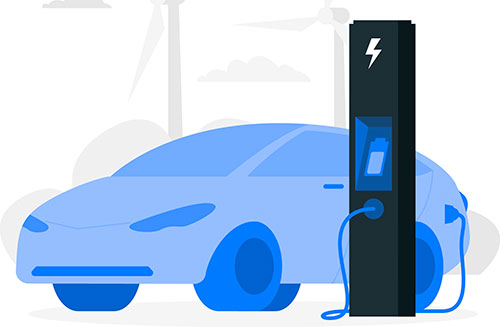Most of the sites that host new EV assembly and battery plants are in excess of 1,000 acres. Economic development agencies at the state and local level face real estate and related issues in trying to assemble suitable sites. Putting together a 1,000+ acre site with requisite utilities and logistics is not an easy or cheap task.
The good news for economic developers is that the industry is experiencing a second wave of EV investment, such as battery component plants, which require less land and still offer huge economic development opportunities. For example, Entek recently announced a $1.5 billion battery component plant in Terre Haute, Indiana, that will produce battery separator materials. The plant, which will employ 642 people, will be located on a 340-acre site in an industrial park. Similarly, a $3 billion battery cathode plant will be built by LG Chem on a 420- acre site in Clarksville, Tennessee, and will create 860 new jobs. With the passage of the Inflation Reduction Act and proposed new vehicle emissions standards, additional EV assembly and battery plants will likely be required.
To be sure, even though these battery component projects may require less acreage, site selectors will be looking for sites that are shovel-ready, or close to shovel-ready. That means a site that:
- Is under public ownership or with an option-to-purchase;
- Has all the requisite environmental, wetlands, archeological, and similar studies completed, with any required mitigation in place;
- Is zoned for heavy industrial use, with no nearby conflicting uses, such as residential;
- Has the necessary utility capacity (high voltage electricity, natural gas, water, wastewater, fiber) and adjacent hookups that will be in place before the plant’s start of production;
- Is in close proximity to an interstate or interstate-quality highway, with plans, easements, and budget for access roads (and some projects may require direct rail access); Even though these battery component projects may require less acreage, site selectors will be looking for sites that are shovel-ready, or close to shovel-ready.
- Has sufficient workforce availability and skills within a 60-minute commute;
- Is close to a city with amenities to attract a management team;
- Is within an hour’s drive of a commercial airport that offers regularly scheduled airline service to one or more airline hubs; and
- Has a competitive state and local incentive package.



